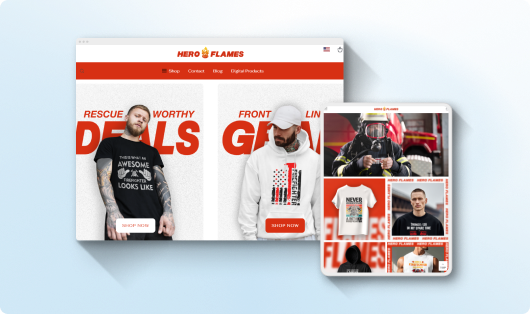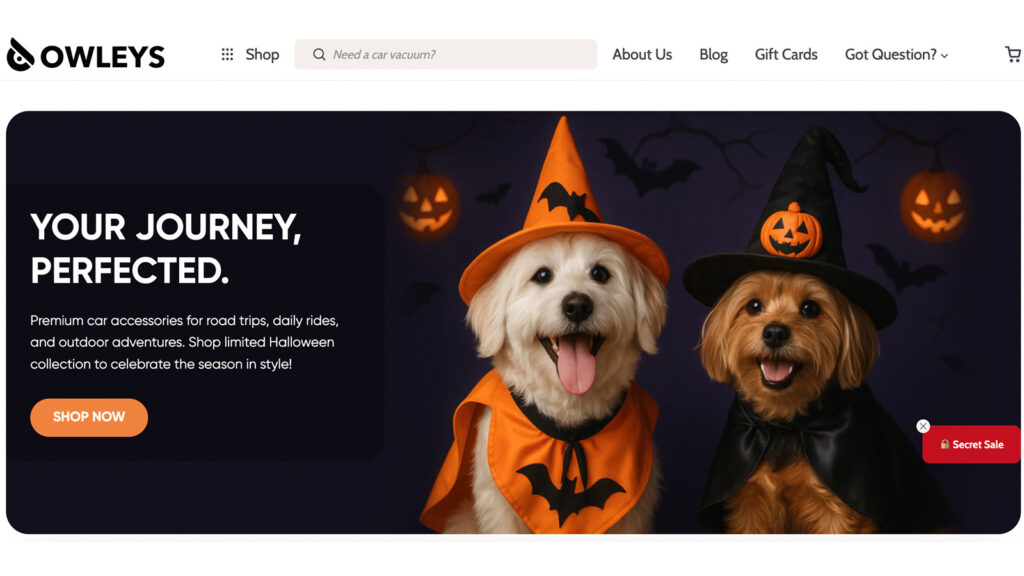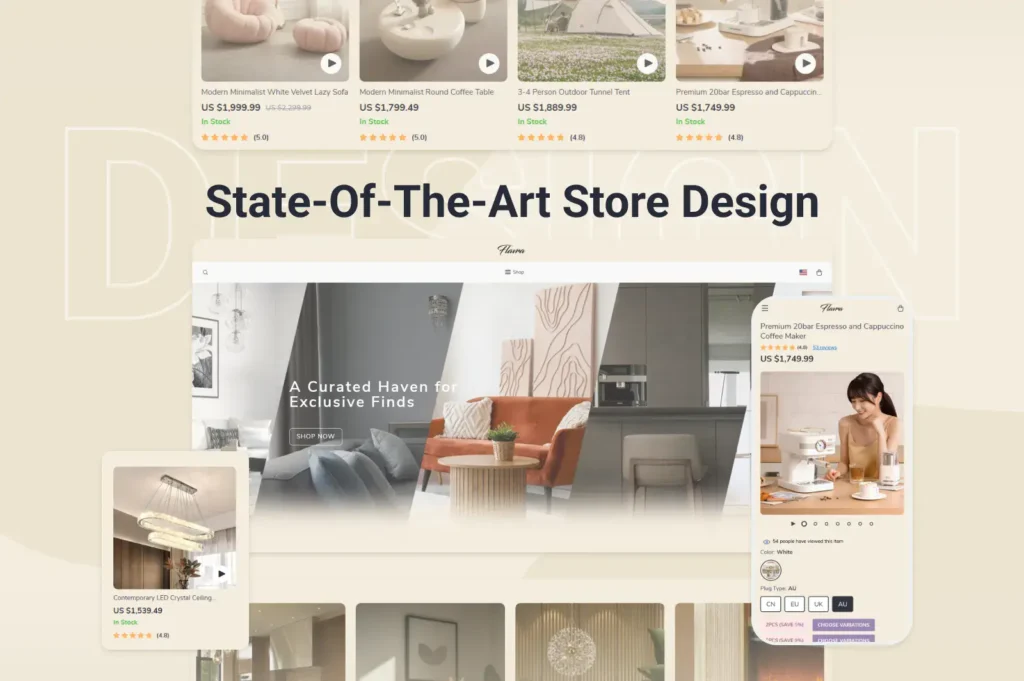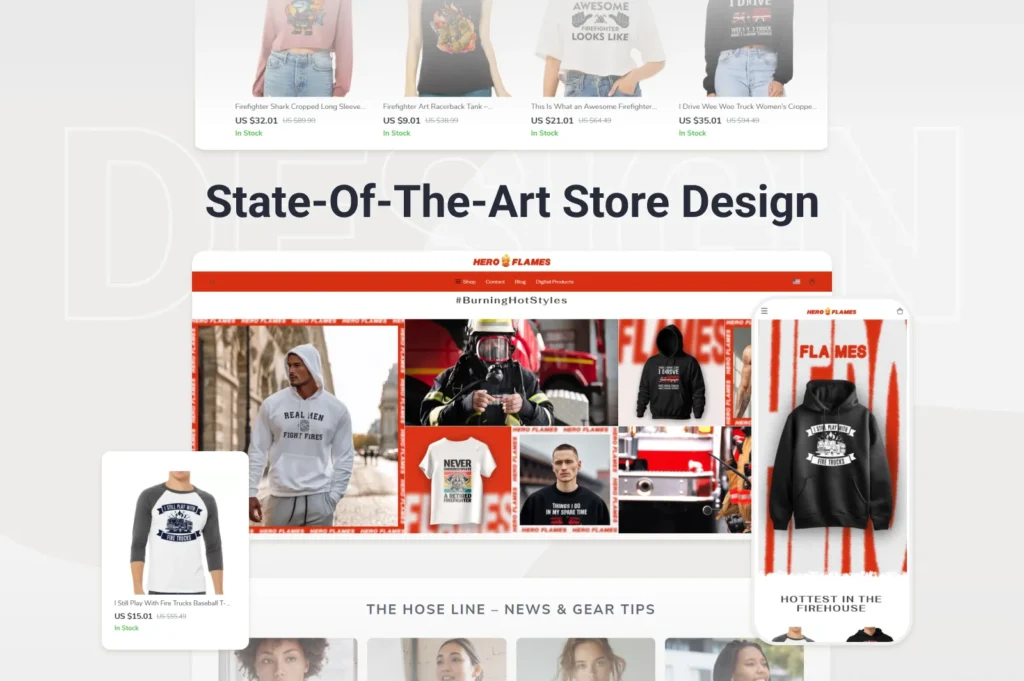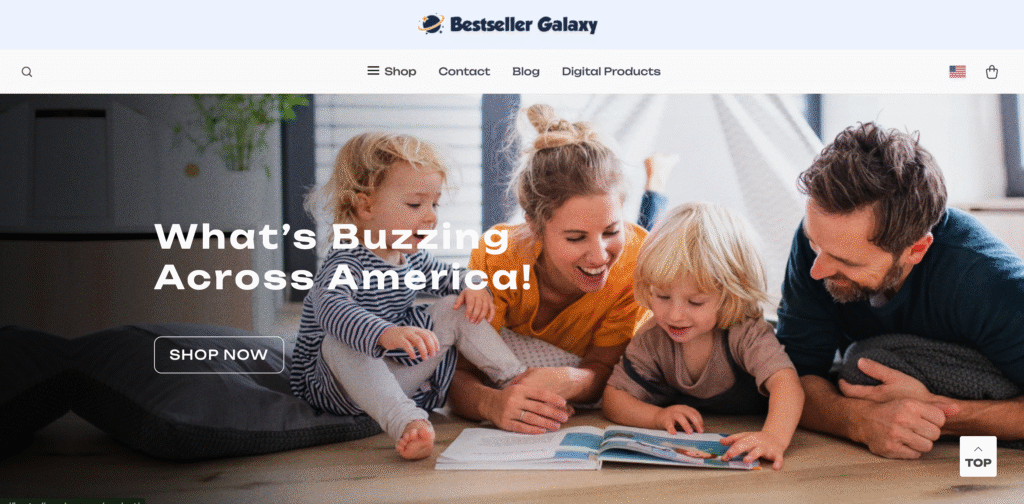When it comes to growing an online store, many entrepreneurs focus on getting more traffic. However, statistics show that attracting a new customer can be much more expensive than interacting with the ones you already have and carefully nudging them towards new purchases.
Increasing the customer value is one of the simplest and most effective ways to boost your revenue. Instead of spending extra on ads and promotions to attract new buyers, you encourage existing customers to add just a little more to their cart or buy something new when it’s available. This approach helps you grow your profit and improve the shopping experience, helping your customers discover products that match their needs.
In this article, we’ll look at the classic tactics every store owner should know — upselling, downselling, and cross-selling. We’ll also explore additional strategies, share real-world examples, and point out the dos and don’ts you need to keep in mind. Finally, we’ll show you how Offiro helps you put these strategies into practice so you can see real results faster.
What Are Upselling, Downselling and Cross-selling?

Before applying these strategies, it’s important to understand the difference between them. While they all aim to increase the average value of each purchase, each one works in its own way. But there’s one condition: these methods only work if you have a good knowledge of your product lines and your target audience. You need to understand what customers truly want, what they might consider “too much,” and which extra products feel like a natural fit.
Upselling
This is the art of offering a customer a higher-value version of the product they are about to buy. For example, if someone is looking at a basic laptop, you suggest a model with more memory and a faster processor at a slightly higher price. If the customer feels that the new deal is genuinely better than the original one, they’re not only more likely to buy but also to become more loyal to your shop in the future. The key here is balance: if the deal doesn’t make sense, the customer may leave altogether. In the worst case, if the upselling feels aggressive or manipulative, your reputation will take a hit.
Downselling
Sometimes, a customer isn’t ready for the premium option. Instead of losing the sale completely, you offer them a more affordable alternative. For example, if they hesitate to buy a full-size gym membership, you can suggest a cheaper weekend pass. The important part is to be delicate: the offer should never feel like a “charity option.” The customer must feel confident that their problem will still be solved, even with the lower-priced product.
Cross-selling
This is when you recommend related products that complement the original purchase. If a shopper adds a camera to their cart, you might suggest a memory card, a tripod, or a protective case. Cross-selling requires attention and empathy from the seller: the products should go together naturally, offering the buyer a clear benefit. Done right, cross-selling makes the main purchase more valuable and strengthens the bond between customer and shop.
In short:
- Upselling → “Get a better version — but only if it makes sense.”
- Downselling → “Choose a lighter option that still solves your problem.”
- Cross-selling → “Add something extra that fits perfectly with your choice.”
Each tactic, when used correctly, increases not just revenue but also customer satisfaction.
Other Strategies of Increasing Income: Bundle Sales and Flash Sales
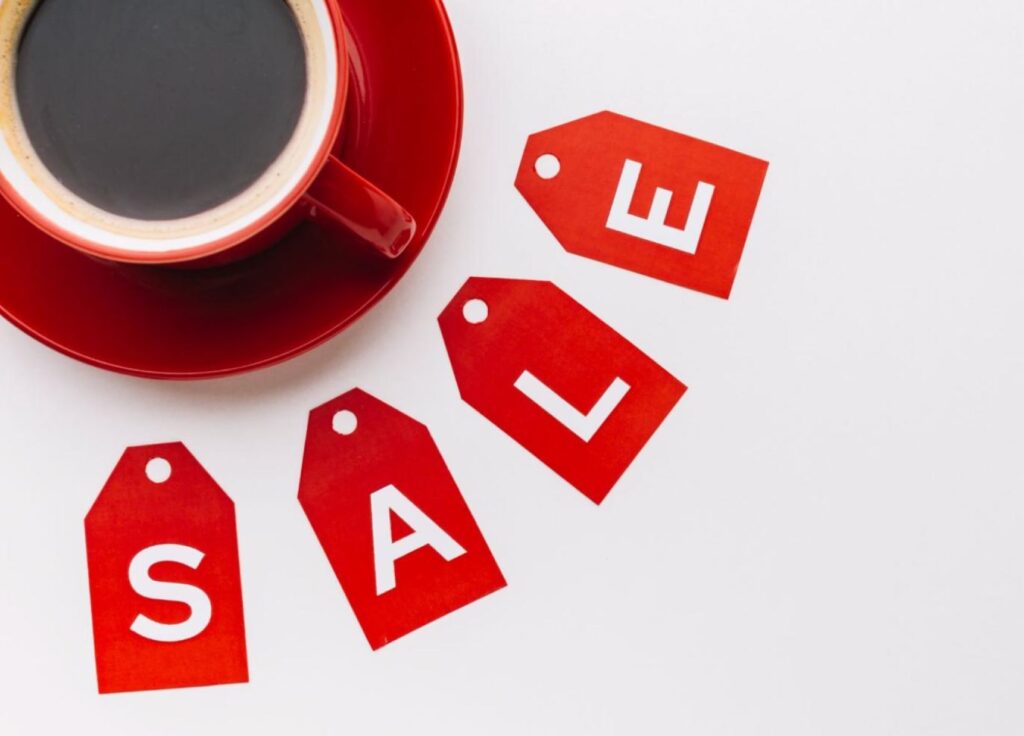
Upselling, downselling, and cross-selling are the most popular ways to grow your average transaction cost, but they’re not the only ones. Two additional tactics that work particularly well in e-commerce are bundle sales and flash sales.
Bundle Sales
A bundle sale is when you combine several products into a single, discounted package. For example, instead of selling shampoo, conditioner, and hair serum separately, you create a “complete care set” at a slightly reduced total price. The buyer feels they’re getting more value for money, while you sell multiple items in one transaction.
The three key principles of a good bundle are:
- The items should go well together and solve a problem as a set
- The bundle price must be lower than buying all items separately, so the customer feels they’re saving
- You can use bundles to sell less popular items by pairing them with bestsellers
One powerful way to create a bundle is through storytelling. Instead of simply showing a list of products, write a short scenario that explains how the items are used together. For example:
“Imagine you’re setting up for a cozy movie night. You grab our premium popcorn pack, add the extra-soft blanket, and set up your new LED lamp for the perfect atmosphere. With this bundle, you’re ready for a pleasant evening.”
This makes the bundle feel natural and adds emotional value beyond the discount.
Flash Sales
A flash sale is a short-term discount that creates urgency. For instance, you can announce a 24-hour sale where accessories or add-ons are available at a reduced price. Customers are motivated to act quickly before the opportunity disappears.
Flash sales can also be personalized if you use purchase or search history. If a customer recently looked at running shoes, offering them a 15-minute flash discount can drive an instant purchase. The urgency can be increased even further by keeping the window short — sometimes just a few minutes.
These sales work especially well for expensive or trendy products. For example, if you launch a flash sale on a pair of hot new sneakers, they might sell out in minutes. They’re also an excellent way to clear out old stock: if something isn’t selling, a time-limited discount can quickly move those items.
There are two golden rules for running flash sales:
- Honesty: Once the sale ends, it must really end. Extending it slightly is acceptable, but endless “last chance” offers destroy credibility.
- Frequency: Don’t run flash sales too often for the same product. If customers know discounts are frequent, they’ll stop buying at full price and simply wait for the next sale.
If you use bundle sales and flash sales wisely, you can significantly boost both revenue and customer engagement without making big changes to your store.
Common Mistakes to Avoid

While upselling, downselling, and cross-selling can work wonders, misusing them often has the opposite effect. Here are the most common mistakes to avoid:
- Irrelevant recommendations
Your suggestions must make sense in the context of the main purchase. Think about the customer’s logic. If someone is buying a coffee machine, recommending coffee pods or a milk frother is natural. But if someone buys a wall bracket, it’s useless to suggest a TV — they most likely already own one. Poorly matched recommendations look careless and damage trust. - Overloading the customer
Customers should never feel pressured or overwhelmed. If your offers pop up too frequently or push them to spend much more than planned, they may abandon the purchase altogether. Instead of showing a dozen “special offers,” focus on a few highly relevant, well-timed suggestions. Remember: a calm shopping experience wins over aggressive sales tactics. - Unbalanced pricing
Price balance is critical. Upselling and downselling options should be within 25% of the original product’s price. Cross-selling products should cost at least 60% less. If the difference is too large, customers won’t take the offer seriously — they’ll see it as unrealistic or manipulative. Sticking to these ranges makes your offers feel reasonable and valuable. - Weak arguments
Never assume a customer will “just get it.” Always explain why your offer makes sense. Compare:
- Weak: “Buy extra insurance just in case.”
- Strong: “Add extra insurance: if your display cracks or your phone falls into water, we’ll repair or replace it for free. Many of our clients save hundreds thanks to this.”
The second example gives context, relevance, and proof — three things that drive acceptance.
- Generic offers
Showing the same three products for every item feels lazy and unhelpful. Customers notice when suggestions are copied and pasted. Instead, make recommendations dynamic: choose 3–5 products that complement the main item, and refresh them regularly so customers see variety. This shows you understand their needs, not just your stock. - Reckless discounting
Discounts can help close a sale, but they must be handled carefully. If you slash prices too aggressively on abandoned carts, you risk losing profit and teaching customers to wait for discounts instead of buying at full price. Remember: some sales cannot be saved, and that’s okay. Focus on smart, sustainable discounts that protect both your revenue and your brand image.
Analyzing Results and How Offiro Helps You

Launching upselling, downselling, and cross-selling offers is only half the job. To truly benefit, you need to measure how well they perform. Here’s what to look at:
- Average Order Value (AOV)
This is the core metric. Compare your AOV before and after introducing new strategies. If it grows steadily, your offers are working. - Conversion Rate of Offers
Track how many customers accept your upselling, downselling, or cross-selling suggestions. A high acceptance rate means your offers are relevant and attractive. A low one signals you may need to rethink product choice or pricing. - Abandoned Cart Rate
Sometimes, poorly executed offers push customers away. If your abandoned cart rate increases after adding aggressive upsells or irrelevant cross-sells, it’s time to adjust your approach. - Customer Retention and Loyalty
Downselling is particularly tied to loyalty. If you notice customers who accepted a downselling offer returning to your store later, that’s a sign your strategy is building long-term trust. - Profit Margins
Don’t just look at sales volume. Analyze whether your margins stay healthy after discounts, bundles, or downselling offers. The goal is sustainable growth, not chasing numbers at any cost. - Feedback and Reviews
Sometimes the most valuable data comes directly from customers. Monitor reviews, feedback, and even support tickets to see how buyers feel about your offers. Do they find them helpful, or do they feel pressured?
Checking these might sound like a lot of work, but here’s where Offiro makes things simple. Every store on Offiro runs on the Sellvia platform, which comes with a built-in, informative dashboard. You don’t have to juggle spreadsheets, because you can see all the important data at a glance.
The dashboard lets you track the real impact of your marketing actions and decisions. Want to see if a cross-selling bundle worked better last month than this month? It’s one click away. Curious whether your discounts cut into your margins? The numbers are right there. With this level of clarity, you can make informed decisions, optimize your offers, and grow sustainably.
Final Thoughts

Increasing the average customer’s cart value requires creating smarter offers that deliver more value. Upselling, downselling, and cross-selling give you powerful tools to achieve this: helping customers choose the right product, making your store more accessible across income levels, and offering useful add-ons that improve the shopping experience.
Add to that bundle deals and flash sales, and you have a full toolkit to boost revenue and customer satisfaction. Just remember the golden rule: relevance and balance. Every offer should feel natural and helpful.
With Offiro, you don’t have to figure things out on your own. Every store runs on the Sellvia platform, equipped with a professional dashboard that shows you the exact numbers you need to track your success. Combined with Offiro’s marketing expertise, you get not just a ready-made store but a growth system that works from day one.
So, if you’re ready to take your sales to the next level, focus not only on attracting new buyers — but also on getting the most out of every transaction. The right strategies, backed by the right tools, will make your store grow faster and your customers stay longer.

